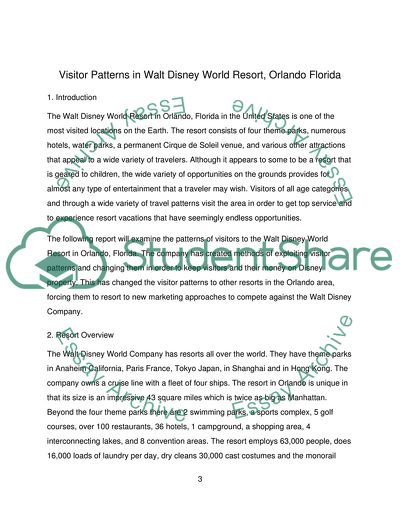Cite this document
(Visitor Patterns in Walt Disney World Resort Book Report/Review, n.d.)
Visitor Patterns in Walt Disney World Resort Book Report/Review. Retrieved from https://studentshare.org/tourism/1796896-understanding-visitor-behaviour
Visitor Patterns in Walt Disney World Resort Book Report/Review. Retrieved from https://studentshare.org/tourism/1796896-understanding-visitor-behaviour
(Visitor Patterns in Walt Disney World Resort Book Report/Review)
Visitor Patterns in Walt Disney World Resort Book Report/Review. https://studentshare.org/tourism/1796896-understanding-visitor-behaviour.
Visitor Patterns in Walt Disney World Resort Book Report/Review. https://studentshare.org/tourism/1796896-understanding-visitor-behaviour.
“Visitor Patterns in Walt Disney World Resort Book Report/Review”, n.d. https://studentshare.org/tourism/1796896-understanding-visitor-behaviour.


